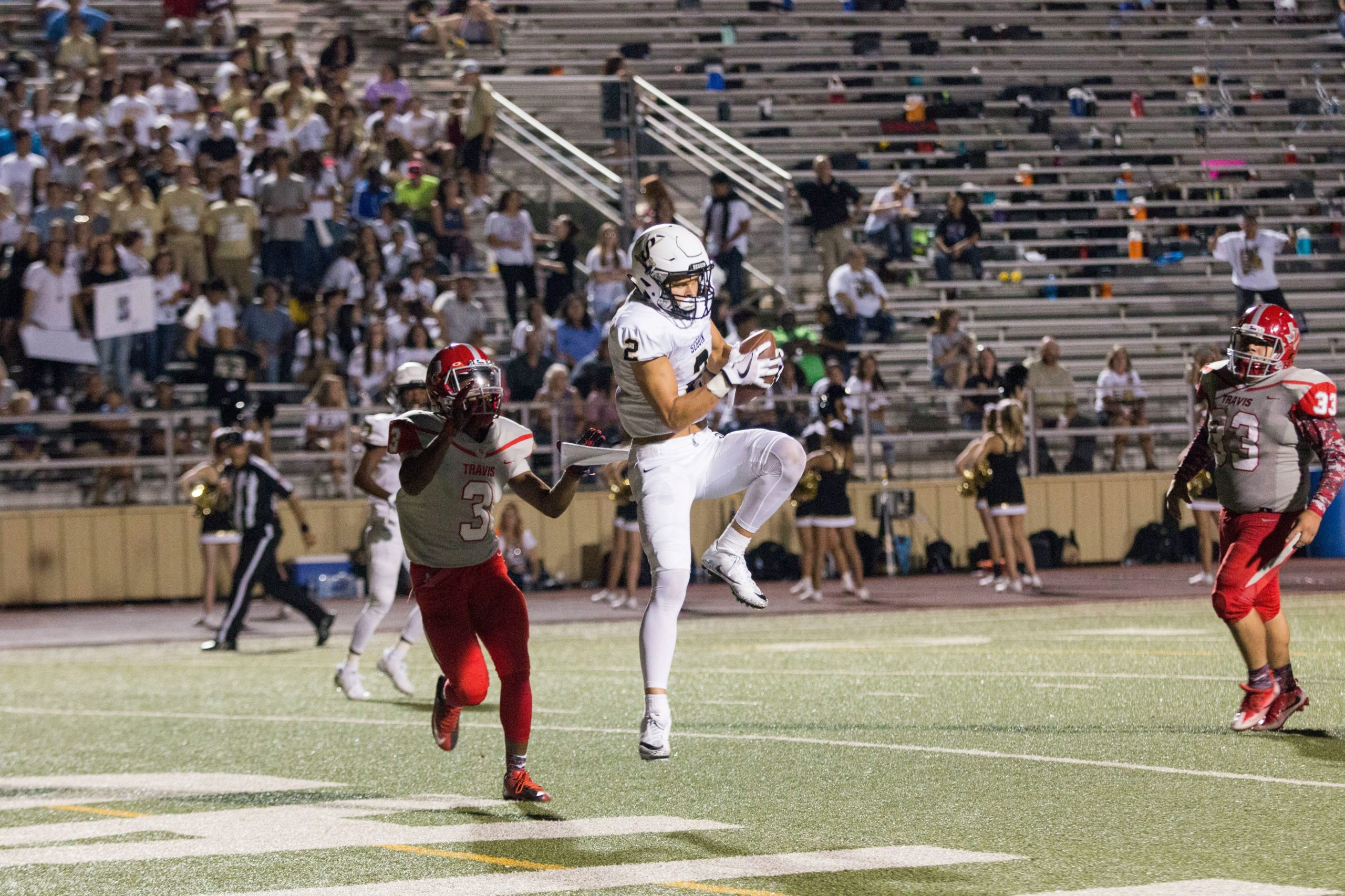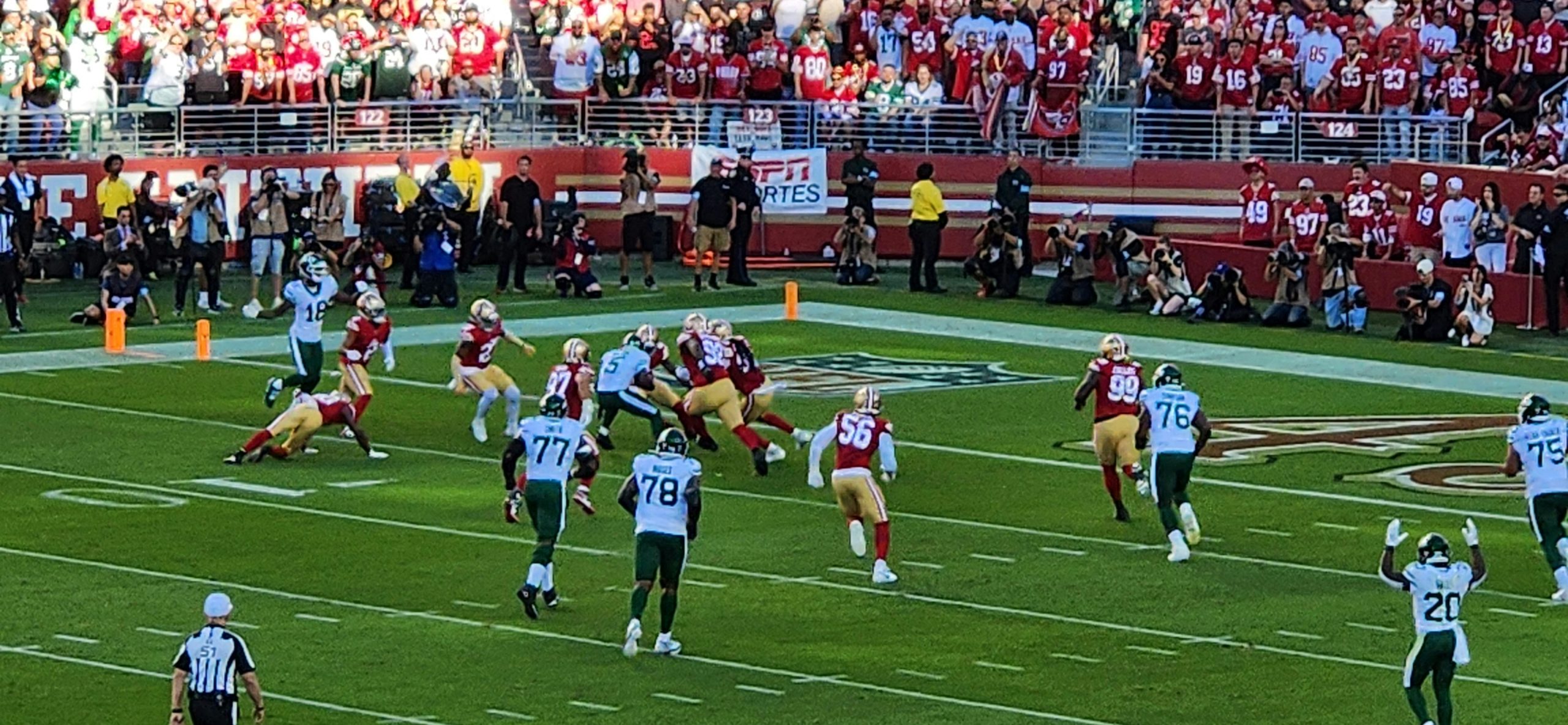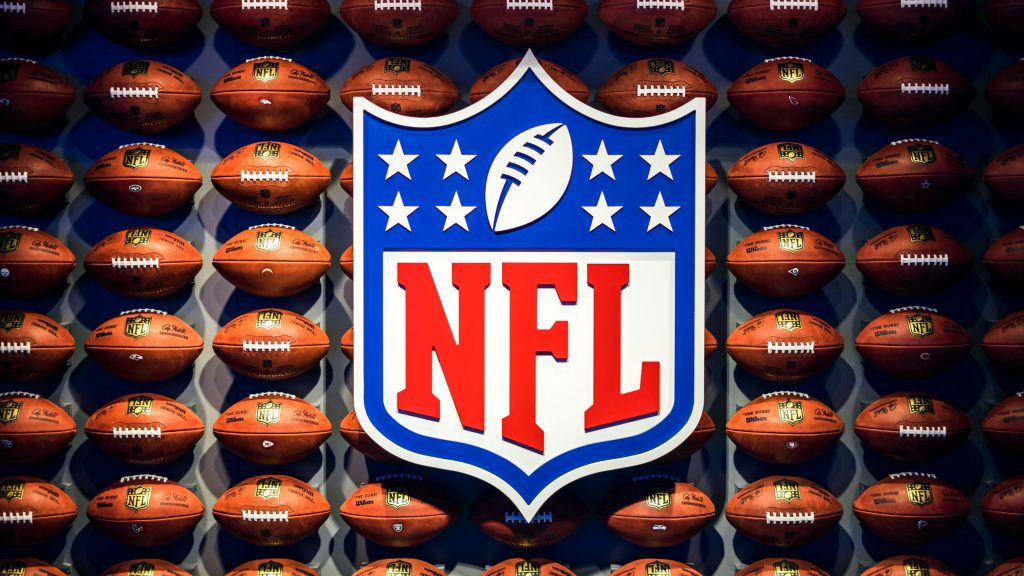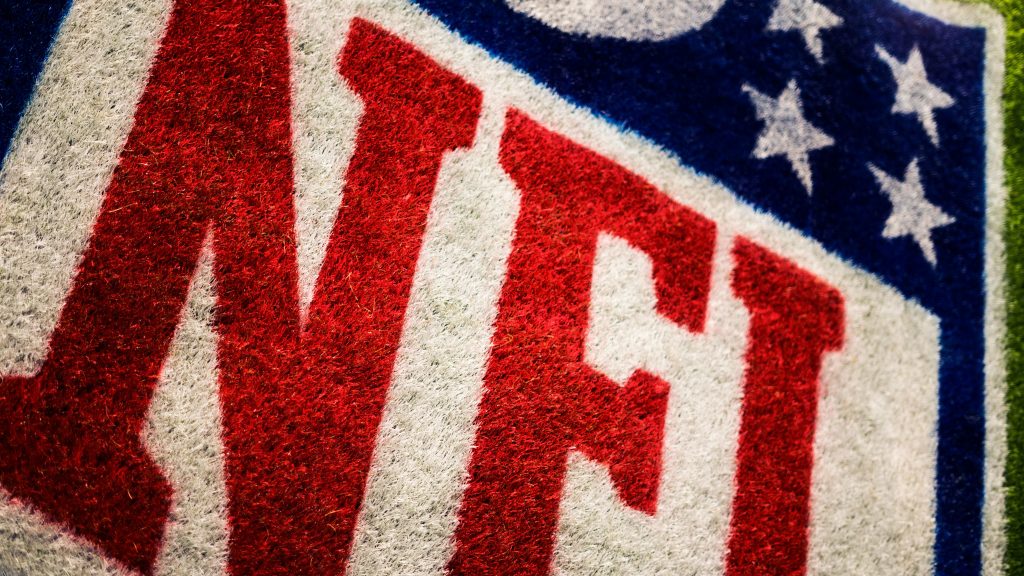As the NFL gears up for another thrilling postseason, fans are buzzing with excitement—not just about the teams vying for the coveted Lombardi Trophy, but also about a significant change in how the playoffs will unfold. Gone are the days of traditional brackets; a new playoff format has emerged that promises to elevate both competition and drama on football’s biggest stage. Picture this: more teams battling it out for supremacy, heightened stakes in every matchup, and an electrifying atmosphere that keeps you on the edge of your seat.
In this article, we’ll dive deep into what exactly this new playoff bracket entails and explore its potential implications for teams and fans alike. From expanded opportunities for underdog stories to strategic shifts in coaching decisions, this revamped format could be a game-changer—literally. Whether you’re a die-hard fan or a casual observer, understanding these changes is crucial as you prepare to cheer on your favorite team through one of sports’ most exhilarating times of year. Buckle up as we uncover everything you need to know about the new NFL playoff landscape!
Historical Format: Previous NFL Playoff Structure
The previous NFL playoff structure, before the recent changes, centered around a simpler format that showcased just 12 teams. Each conference—AFC and NFC—produced four division champions alongside two wild card participants. This setup created an environment where every game was crucial; teams battled not only for playoff seeding but also for the coveted home-field advantage. A single-elimination approach heightened the stakes and excitement, with memorable upsets becoming a hallmark of wildcard weekend.
Additionally, this earlier format emphasized the dominance of top-seeded teams during its initial rounds. The reliance on division winners often meant that some of the league’s best talent faced elimination against lower-seeded rivals—a scenario ripe for drama yet sometimes criticized for lacking parity. Enthusiasts remember thrilling matchups where underdogs toppled giants, ultimately reminding fans that in football, anything can happen when it’s win or go home. With its straightforward design and inherent chaos, this historical playoff framework laid essential groundwork for today’s evolving postseason narrative while still sparking conversations about meritocracy versus unpredictability in sports.

New Format: Key Changes Explained
The revamped NFL playoff bracket introduces a thrilling twist with the addition of a seventh team from each conference, enhancing competition and fan engagement. This shift not only amplifies the stakes for regular-season games but also provides an opportunity for underdog teams to make unexpected runs in the postseason. As evidenced by last season’s surprising playoff outcomes, this format fosters an exciting unpredictability, allowing franchises that may have struggled earlier in the year to find their rhythm and compete fiercely.
Furthermore, the change has implications beyond just team dynamics; it redefines strategies as coaches recalibrate their approaches to both roster management and game-day tactics. With more teams on deck, any slip-up or late-season surge can fundamentally alter postseason trajectories. Fans are treated to additional games featuring top-tier talent battling for supremacy, ultimately creating a richer narrative landscape filled with potential upsets and heart-stopping moments that will keep them glued to their screens well into February. In essence, this new format reinvigorates America’s favorite pastime at precisely the time when excitement is at its peak—the playoffs!
Number of Teams: Expanding the Field
The expansion of the number of teams in the NFL playoff bracket has revolutionized the competitive landscape, injecting fresh excitement and unpredictability into every season. With more franchises eligible for postseason play, underdogs have a more prominent stage to shine, shifting not only fan engagement but also strategies within locker rooms and front offices. Teams that previously seemed out of contention now find themselves with viable routes to the playoffs, fostering a culture where winning becomes crucial right up until the final weeks.
This expanded field doesn’t just enhance diversity among playoff contenders; it also amplifies regional rivalries and brings fresh narratives to life. Fans are treated to matchups that might have been unlikely or even impossible under previous formats—think about how small-market teams can steal the spotlight after showing resilience and savvy all season long. Moreover, this new dynamic compels coaches to innovate their approaches throughout the year as they prepare for a broader array of potential opponents come January. The result? A riveting climax to each season filled with dramatic upsets and unforgettable moments that leave fans clamoring for more.

Seeding System: How It Works Now
The NFL’s seeding system has undergone a significant transformation, enhancing the competitive dynamics of the playoffs. Instead of merely relying on divisional standings, the new format emphasizes overall team performance throughout the regular season. This means that even if a team doesn’t win their division, they could still secure a higher seed based on their win-loss record compared to other divisions. It adds an exciting layer to scheduling and strategies, pushing teams to perform at their best each week.
Moreover, this revamped approach allows for more intriguing matchups in the postseason. Teams that may have flown under the radar now have a tangible chance to compete with historically dominant franchises, potentially shaking up playoff expectations and outcomes. The focus is also shifting towards rewarding consistency over time; no longer can teams solely rely on a weak division for an easy path to January football. As fans witness these rivalries shift and evolve due to the new seeding structure, anticipation builds for matchups that promise intense action and unpredictable results—ideal conditions for one of sports’ most thrilling months: playoff season!
Wild Card Teams: Their Role in Playoffs
Wild card teams serve as the wildcards of the NFL playoffs, bringing an element of unpredictability that can reshape the narrative of any postseason. These teams, often considered underdogs after navigating a grueling regular season with mixed results, enter the tournament with something to prove. Their unique position allows them to play with an edge—unshackled from overwhelming expectations—which often leads to surprising upsets against higher-seeded opponents. This dynamic creates not just thrilling matchups but also reignites fan passion as these players strive for glory far removed from their early-season doubts.
Moreover, wild card teams significantly impact playoff strategy for both themselves and their contenders. For top seeds, facing a team that has already faced adversity can be daunting; they must prepare for ferocity born from being overlooked. On the flip side, it compels wild card teams to embrace aggressive gameplay and innovative tactics that might catch more established rivals off-guard. As we witness this playoff phenomenon unfold each year, it’s evident that wild cards infuse a sense of drama and possibility into the postseason melee—proving once again that anyone can become a champion when it counts most.

Impact on Regular Season: What Fans Should Expect
With the new NFL playoff bracket format set to take effect, fans can anticipate a shift in how the regular season unfolds. Teams vying for a coveted playoff spot will face increased urgency, turning every game into a potential nail-biter. This heightened sense of competition could lead to more aggressive strategies as coaches allocate resources towards securing wins that not only influence their playoff chances but also impact seeding positioning.
Moreover, mid-tier teams—those previously considered on the bubble—may engage in thrilling battles that make late-season matchups pivotal. Fans can expect rivalries to intensify as divisional games gain importance in this altered landscape. Additionally, with more at stake during regular-season encounters, player performance may reach new heights as athletes push their limits to ensure postseason participation, leading audiences to witness an electrifying blend of skill and drama on any given Sunday.
Conclusion: Final Thoughts on Playoff Evolution
The evolution of the NFL playoff format is more than just a structural change; it’s a reflection of how the league continuously adapts to enhance competition and excitement. By expanding the bracket, the NFL not only increases opportunities for teams but also fosters an environment where every game matters more than ever. This shift empowers underdog narratives, providing a platform for emerging teams to challenge traditional powerhouses, which encourages fan engagement like never before.
Moreover, this new format elevates strategic intricacies throughout the regular season. Coaching staff must now prepare their squads with a sharper focus on not just securing wins but understanding seeding implications and potential matchups. As fans witness unexpected twists and thrilling upsets during playoffs, they’ll remember that every team—regardless of their record—has a shot at glory, making it vital to tune in week after week. This reimagined playoff landscape promises a captivating postseason experience that will undoubtedly leave indelible marks on both players and supporters alike.













